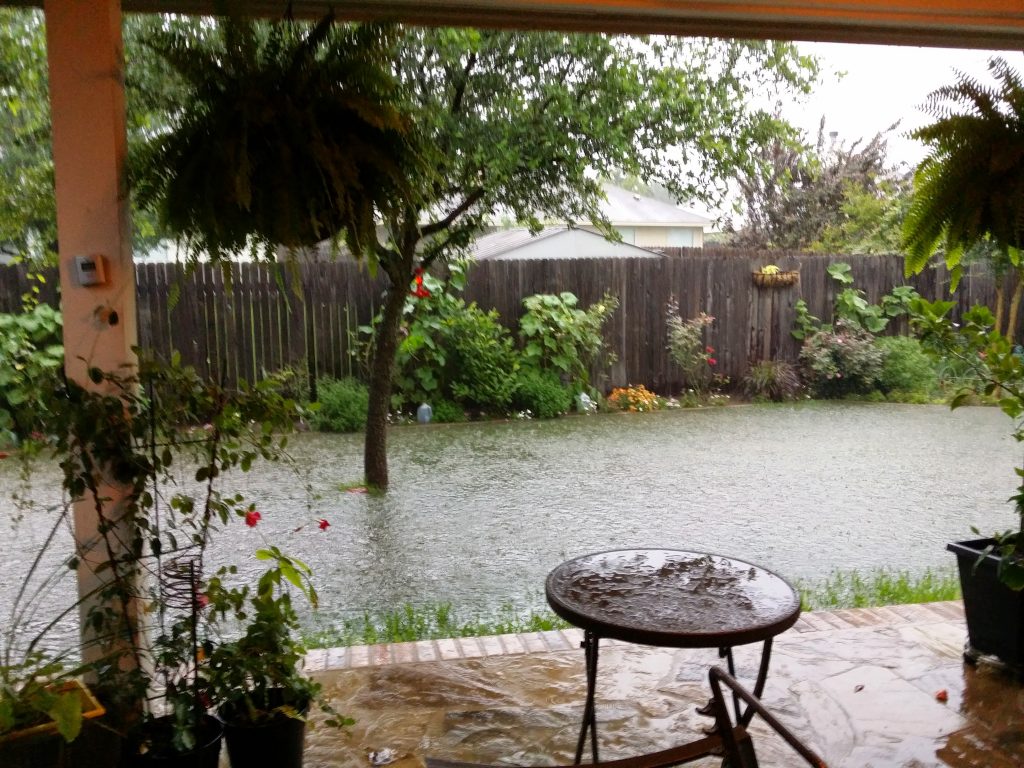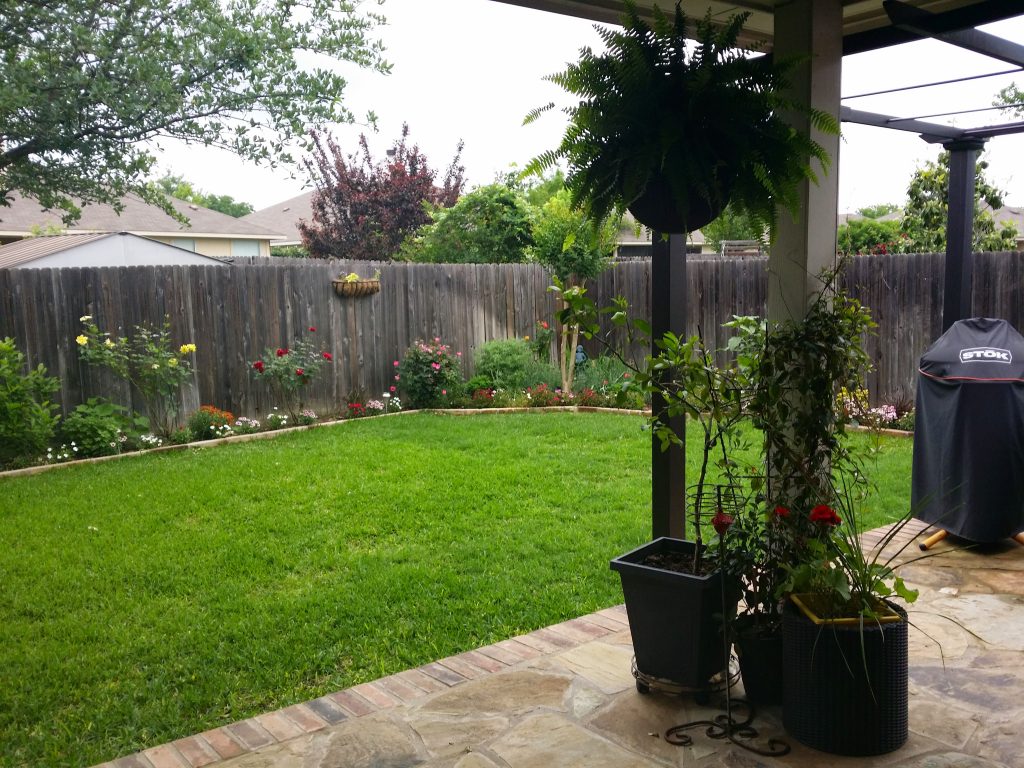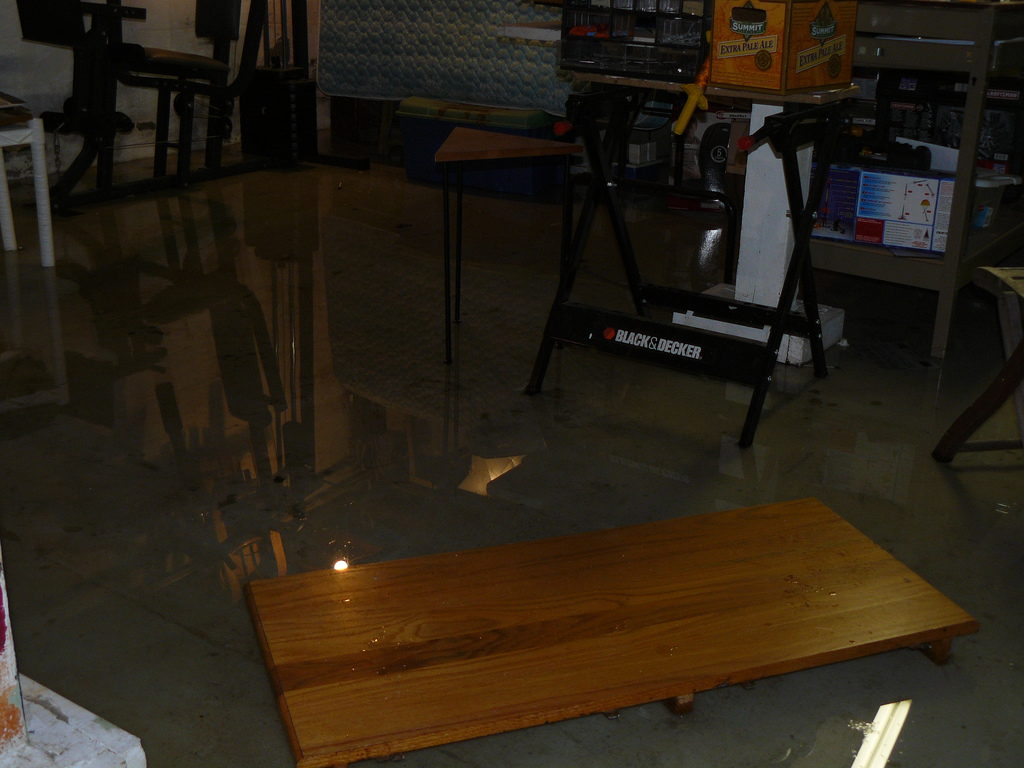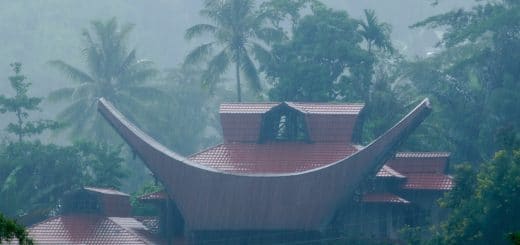How to Recover Your Garden After Flooding and Storm Damage
Water is essential for all gardens to thrive, but how much water is too much water? Floods and storm damage and can cause a lot of harm and injury to your beautiful gardens and overwater your greenery, ultimately drowning them as the roots are deprived of essential oxygenOxygen is a chemical element essential for combustion and li... More.
When storm damage hits, the water begins to fill all of the pores in the soil and the roots can suffocate. The question is, how do we prevent something so inevitable?
In this article, we will discuss why severe floodingFlooding is the overflow or accumulation of water in areas t... More and storm damage occurs in the first place and how to ensure your garden can recover with a few helpful aftercare tips and tricks to get your garden in tip top shape after the damage.
Why do severe floods happen?
Several factors can cause severe floodingFlooding is the overflow or accumulation of water in areas t... More. When it rains, the two main elements are the intensity or the rate of rainfall, and the duration, how long the rainfall lasts. Other factors that play a role in what type of flash floodingFlooding is the overflow or accumulation of water in areas t... More occurs is soil conditions, ground covers, and topography of the environment.
Typically, severe flooding occurs after hours of excessive rainfall or a sudden release of water like slow-moving thunderstorms that move over the same area multiple times. These floods are no joking matter.

Severe flooding impact on your garden
Severe floodingFlooding is the overflow or accumulation of water in areas t... More can cause trees to be torn out, destroy bridges and buildings, and even cause boulders to roll, not to mention the many negative and dreadful effects it can cause on your garden.
Two types of damage can occur to your lawn from floods: Direct damage and secondary damageSecondary damage is additional damage that occurs after the ... More. When direct damage occurs in your garden and lawn, water overwhelms your grass or garden for a prolonged period of time, and it can then die from a lack of oxygenOxygen is a chemical element essential for combustion and li... More.
Secondary damageSecondary damage is additional damage that occurs after the ... More occurs when sediment buildup leads to fungal diseases, infestation of weeds, algae, and moss growth.
And what about storms?
Storms can cause havoc on your garden. Even a few minutes of a bad storm can ruin your many months of hard work on your lawn and garden. Typically, when floodingFlooding is the overflow or accumulation of water in areas t... More occurs during cooler months, the turf won’t lose its color. But if the floodingFlooding is the overflow or accumulation of water in areas t... More happens during warmer months, you might notice your lawn turning yellow or brown.
Ultimately, to fully determine if your lawn will recover, you’ll have to play a waiting game to see if any new green growth shows up. If you want to figure out how well your plants survived, pull up a few of them from the area and cut a horizontal cross-section through the crowns. If the cross-section is brown or mushy, the plant is dead and can’t be saved. If you see a white and firm cross section, consider yourself lucky because that indicates your plant survived the floodingFlooding is the overflow or accumulation of water in areas t... More. Luckily, there are many steps that you can take to help your yard and garden pre-storm and post-storm or flood.
How to prep your garden for a storm
There really are no special precautions that can be taken to prevent the full floodingFlooding is the overflow or accumulation of water in areas t... More of plants, but if there is time to prepare, there are a few measures you can take. The majority of plants can’t tolerate sitting in water for any amount of time.
To avoid this, try to stimulate draining of excess water through the digging of furrows or ditches. You could also dig up some of the more delicate or prized plants and bring them inside in containers.
Along with these methods, soil type plays an important factor in drainage patterns. By using sandy soil rather than clay-based soil, the water will drain faster from your garden. Another method to consider, if at all possible, is to try avoiding planting in low areas where water won’t drain. Instead, opt for raised beds to divert the excess water away.
How to care for your garden after flooding damage
So, you took all of the necessary measures to prepare your garden before the storm, but now what? These tips will help you recover your garden after floodingFlooding is the overflow or accumulation of water in areas t... More damage.
Make an action plan
First thing first – make an action plan. One of the greatest things that you can do for your garden after heavy rain is to assess your landscape. You can use this time to identify problem areas within your space.
Walk through the garden and take pictures or take notes where there are big puddles or large amounts of water. This will help you in planning for the future in terms of raising plant beds, making future plant selections, or changing the soil texture.

You may discover sections where all that is needed is greater drainage in your soil. Use an enduring material like expanded shale. This material increases porosity, which makes a stronger, healthier soil and improves drainage at soil level. If you find that the drainage paths are blocked, you can also seek the advice of a landscape professional to resolve this without destroying the beds that have already been established.
Don’t work wet soil
When you work wet soil, long term damage can be done to the soil structureStructure refers to the framework or components of a buildin... More. This damage isn’t easily repaired as the soil particles become overly compressed and it exacerbates the drainage issues. To avoid this, allow your soil to dry for several days.
Don’t rush to replant
When soil is overly watered, its biology is damaged as the microbesMicrobes are microscopic organisms, including bacteria, fung... More that need oxygenOxygen is a chemical element essential for combustion and li... More to live die off. The only thing that survives without oxygenOxygen is a chemical element essential for combustion and li... More are the anaerobic microbesMicrobes are microscopic organisms, including bacteria, fung... More which cause soggy, terrible soil.
This affects the amount of available nutrients for the plants, so it is best to hold off on replanting right away. If you must do so, add some compost and dried molasses to support the soil, although the chances of your seeds rotting in soggy soil is high.
Replace nutrients
As mentioned, heavy rainfall can make a big impact on the health of your soil and ultimately leach the nutrients right out.
By adding a light fertilization, you can replace some of those needed nutrients. Don’t overdo it, though to avoid overstressing your plants.
Deal with pests and disease
As water weakens your plants, they are more susceptible to attacks by pests and diseases. The most common disease after heavy rain is fungal disease.
To try and avoid this, pull the mulches back from herbs, vegetables, and fruit trees until it dries out. Be prepared with organic pesticides and fungicides for any incoming intruders.
Deal with contaminated flood water
When your garden has been overwhelmed with city stormwater, you will most likely have to deal with contamination issues. This specific water is frequently contaminated with raw sewageSewage is wastewater containing biological and chemical cont... More and hydrocarbons, especially if the stormwater organizational structureStructure refers to the framework or components of a buildin... More has been breached or if you live near a major highway.
Visibly contaminated water, like a sheen of oil on the surface, should call for a professional if you spot it. You will need an expert soil test from a laboratory that can recognize the contaminants and help you evaluate the situation to develop a mediation strategy.

Flooding and storm damage are a gardener’s worst nightmare, but by preparing for the storm and utilizing the aftercare tips, you will be able to take the best care possible to ensure your garden maintains its pristine shape!












